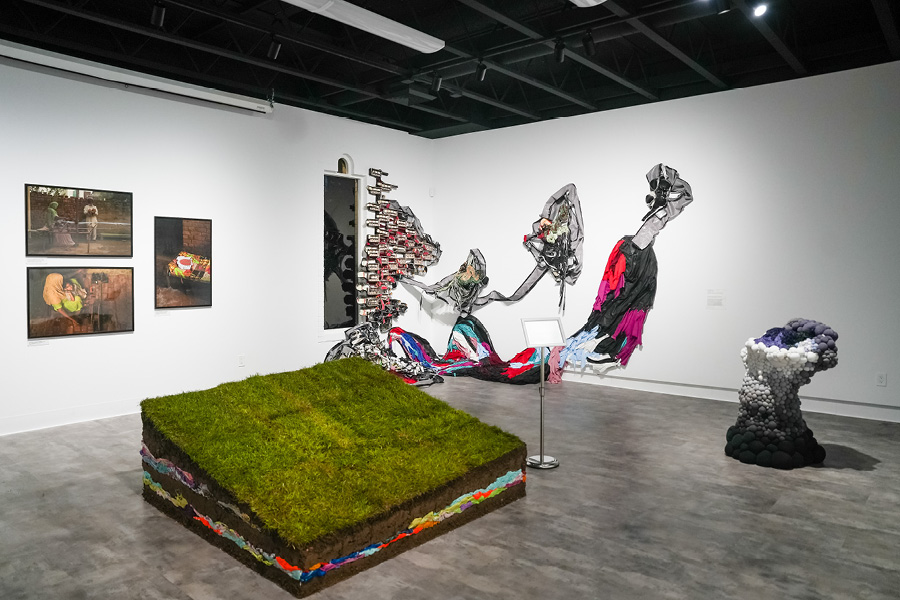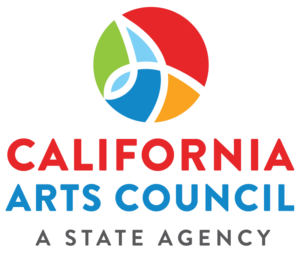
Details
The average American throws away 70 pounds of clothing every year. This constant demand for clothing has given way to the expansion of the “Fast Fashion” industry, a manufacturing model in which clothes are designed, fabricated, and sold quickly to keep up with the ever-changing trends. This industry consumes one tenth of all water used industrially and approximately 20% of the wastewater created worldwide is attributed to the process of mass-producing cheap clothes. The detriments of fast fashion extend far past the degradation of the environment and to racial and gender inequality as the industry exports its production overseas to factories that employ a disproportionate number of women whom they pay meager wages.
Where did the problem originate? What are the consequences? Where do we go from here? These are the questions the California-based artists included in this exhibition explore through site-specific installation, sculpture, and print media. This exhibition not only seeks to enlighten audiences about the impacts of textile consumption, but to offer solutions.
Learn more about Dirty Laundry in our media mentions. #SLOMAinthenews
SLOMA’s ‘Dirty Laundry’ exhibit highlights the environmental impact of fast fashion. KCBX, Gabriela Fernandez. Dec 1, 2022.
Related Programming
Monday, Feb 13 from 6–7 PM: The Possibilities of Mushrooms, a conversation with environmental scientist Danielle Stevenson and Dirty Laundry artist Minga Opazo, whose work explores how mushrooms might help break down fabric waste. Did you miss the presentation? Watch the archived recording here or on SLOMA’s YouTube page.


